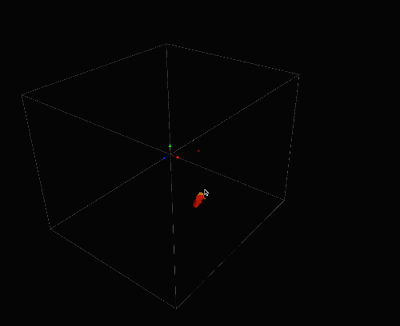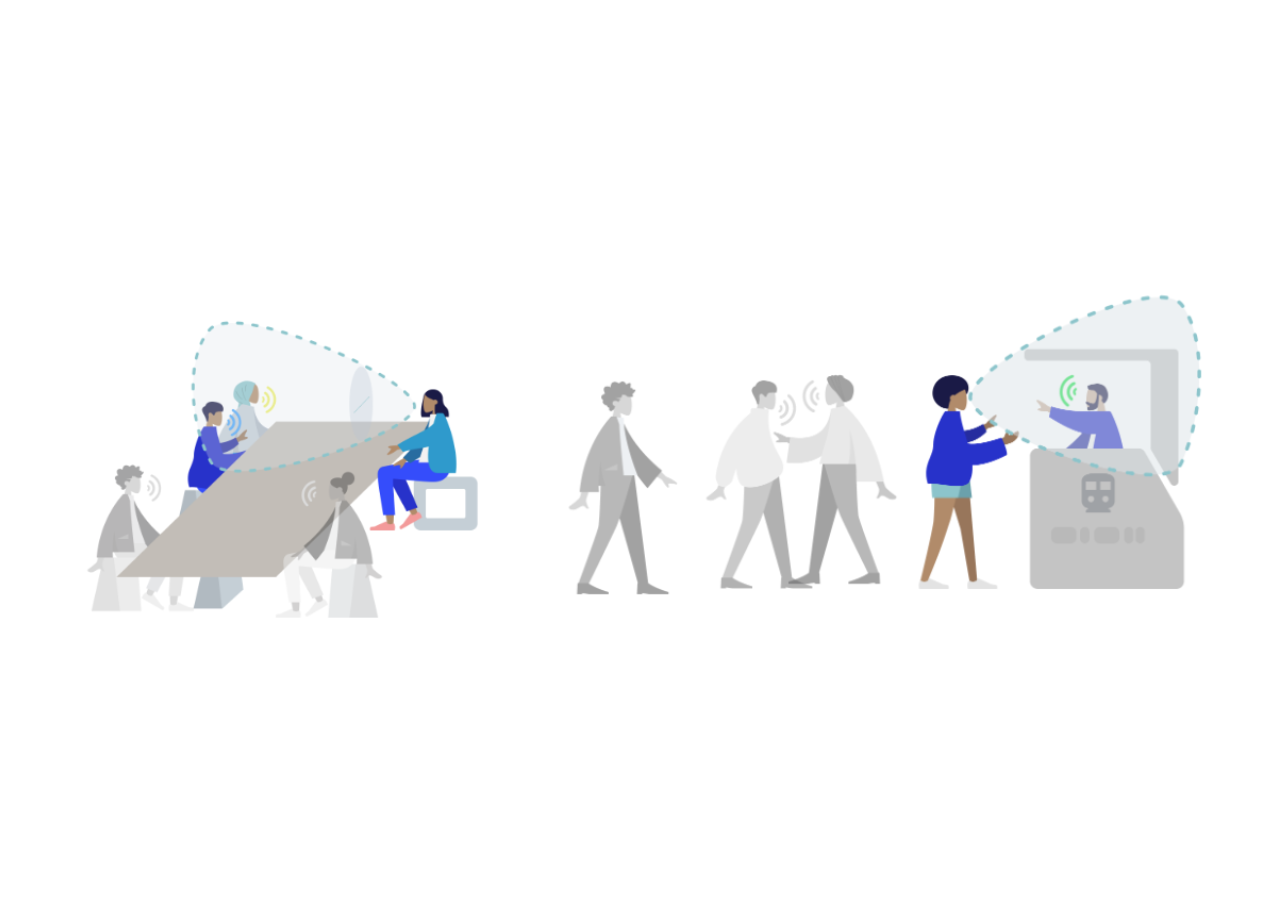
Releasing the Drosophila Hemibrain Connectome — The Largest Synapse-Resolution Map of Brain Connectivity
January 22, 2020
Posted by Michal Januszewski, Software Engineer and Viren Jain, Research Scientist and Technical Lead, Connectomics at Google
A fundamental way to describe a complex system is to measure its “network” — the way individual parts connect and communicate with each other. For example, biologists study gene networks, social scientists study social networks and even search engines rely, in part, on analyzing the way web pages form a network by linking to one another.
In neuroscience, a long-standing hypothesis is that the connectivity between brain cells plays a major role in the function of the brain. While technical difficulties have historically been a barrier for neuroscientists trying to study brain networks in detail, this is beginning to change. Last year, we announced the first nanometer-resolution automated reconstruction of an entire fruit fly brain, which focused on the individual shape of the cells. However, this accomplishment didn't reveal information about their connectivity.
Today, in collaboration with the FlyEM team at HHMI’s Janelia Research Campus and several other research partners, we are releasing the “hemibrain” connectome, a highly detailed map of neuronal connectivity in the fly brain, along with a suite of tools for visualization and analysis. The hemibrain is derived from a 3D image of roughly half the fly brain, and contains verified connectivity between ~25,000 neurons that form more than twenty-million connections. To date, this is the largest synapse-resolution map of brain connectivity that has ever been produced, in any species. The goal of this project has been to produce a public resource that any scientist can use to advance their own work, similar to the fly genome, which was released twenty years ago and has become a fundamental tool in biology.
| Fly brain regions contained within the hemibrain connectome. Also available: interactive version (example region: mushroom body). |
Over a decade of research and development from numerous research partners was required to overcome the challenges in producing the hemibrain connectome. At Janelia, new methods were developed to stain the fly brain and then divide the tissue into separate 20-micron thick slabs. Each slab was then imaged at 8x8x8nm3 voxel-resolution using focused ion beam scanning electron microscopes customized for months-long continuous operation. Computational methods were developed to stitch and align the raw data into a coherent 26-trillion pixel 3D volume.
However, without an accurate 3D reconstruction of the neurons in a fly brain, producing a connectome from this type of imaging data is impossible. Forming a collaboration with Janelia in 2014, Google began working on the fly brain data, focused on automating 3D reconstruction to jointly work towards producing a connectome. After several iterations of technological development we devised a method called flood-filling networks (FFNs) and applied it towards reconstructing the entire hemibrain dataset. In the current project, we worked closely with our collaborators to optimize the reconstruction results to be more useful for generating a connectome (i.e., embedded within a proofreading and synaptic detection pipeline), rather than just showing the shape of the neurons.
 |
| A flood-filling network segmenting (tracing) part of a neuron in the fly hemibrain data. |
Finally, after proofreading, the reconstruction was combined with automated synaptic detection in order to produce the hemibrain connectome. Janelia scientists manually labeled individual synapses and then trained neural network classifiers to automate the task. Generalization was improved through multiple rounds of labeling, and the results from two different network architectures were merged to produce robust classifications across the hemibrain.
Further details about producing the hemibrain can be found in HHMI’s press release.
What Is Being Released?
The focus of today’s announcement is a set of inter-related datasets and tools that enable any interested person to visually and programmatically study the fly connectome. Specifically, the following resources are available:
- Terabytes of raw data, proofread 3D reconstruction, and synaptic annotations can be interactively visualized or downloaded in bulk.
- A web-based tool neuPrint, which can be used to query the connectivity, partners, connection strengths and morphologies of any specified neurons.
- A downloadable, compact representation of the connectome that is roughly a million-times smaller in bytes than the raw data from which it was derived.
- Documentation and video tutorials explaining the use of these resources.
- A pre-print with further details related to the production and analysis of the hemibrain connectome.
Researchers have begun using the hemibrain connectome to develop a more robust understanding of the drosophila nervous system. For example, a major brain circuit of interest is the “central complex” which integrates sensory information and is involved in navigation, motor control, and sleep:
| A detailed view of “ring neurons” in the central complex of the fly brain, one of many neural circuits that can be studied using the hemibrain reconstruction and connectome. Interactive version: ring neurons and ellipsoid body. |
Acknowledgements
We would like to acknowledge core contributions from Tim Blakely, Laramie Leavitt, Peter Li, Larry Lindsey, Jeremy Maitin-Shepard (Google), Stuart Berg, Gary Huang, Bill Katz, Chris Ordish, Stephen Plaza, Pat Rivlin, Shin-ya Takemura (Janelia collaborators who worked closely with Google’s team), and other amazing collaborators at Janelia and elsewhere who were involved in the hemibrain project.


